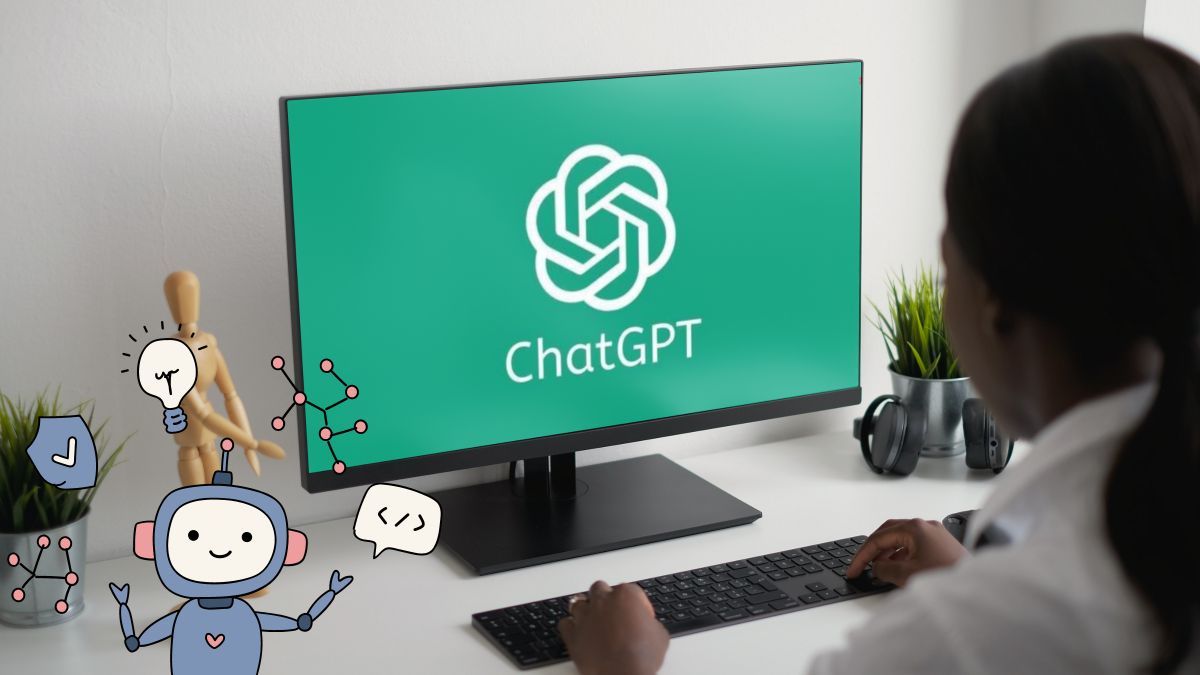
Chatbots, with the great example of ChatGPT in everyone’s mind, are designed to hold conversations in natural language and provide useful answers to a wide variety of questions and topics.
But of course, They are not demigods capable of reading your mind and they need a good structure and take into account some keys in your request so that the result is what you are looking for and that is where the prompts.
In a nutshell and in the context of programming and machine learning —machine learning-, a prompt is an initial sentence or phrase that is given to a language model or an artificial intelligence tool like ChatGPT to generate a response or continuation.
This can be a question, a statement, or any other type of input used to initiate text generation. However, Not everything goes and despite how easy it is to use a chatbotIt is true that there are small guidelines to follow so that the result is exactly what you are looking for and in the way you are looking for..
Conciseness and specificity
Communication with chatbots follows the principle of a two-way conversation. As with a friend, clarity in the expression of thoughts and needs makes it easier for the chatbot to understand.
Avoiding the use of ambiguous language and being specific with what you are looking for improves the quality of the answers..
For example, instead of a meaningless question about a mathematical concept, greater precision can be achieved by asking a precise question such as “Can you explain how to factor quadratic equations?”
Establish clear frameworks and guidelines
In addition to clarity in the questions, Frameworks or guidelines can be established to direct the chatbot’s response.
For example, specifying a particular writing style, personality, or point of view allows you to get answers that are exactly what you are looking for. For example, asking the chatbot to act like a minister before asking a question about politics gives more accurate answers.
Provide context
Beyond the frames, giving the chatbot some context about previous ideas and concepts that you think will help it, improves the response of the answers.
Specific details help refine it, avoiding generic information without much weight and focusing on personalized recommendations. For example, when asking for advice on healthy living, specifying the context that you work at home or that you don’t have time to make your own food allows you to obtain more practical and improved responses.
Avoid colloquialisms and acronyms
Clear communication is very necessary when interacting with AI chatbots. Avoiding the use of colloquial words, ambiguous phrases or sarcasm helps prevent misunderstandings.
Think that in the end it is a tool, not a person, and since chatbots interpret words literally, the simplicity in the conversation helps with more precise responses. Using clear and direct language, without going too far into the bush, allows the chatbot to understand the intentions you have when you ask it for something.
Do not ask several questions or requests at the same time
The strategy of ask questions step by step, rather than throwing out multiple questions at onceimproves the quality of the responses.
By focusing on one question or request at a time, the chatbot can devote all the attention necessary to provide more detailed and complete answers.
Rephrase questions if necessary
The chatbots They may have problems if you ask them a question that is too open or ambiguous.. In case of answers that don’t quite fit, rephrasing the questions using different terms or approaches can help the chatbot finally understand what you are asking.
Although it may be frustrating if it takes you a long time, itContinuous asking questions is key to obtaining good answers.
As you can see, chatbots—and ChatGPT or Bard in particular—are powerful tools that can help you in many different ways. Whether you need help writing content, generating ideas, or answering questions, these have the solution. Try them and experience firsthand what these incredible tools can do for you.



